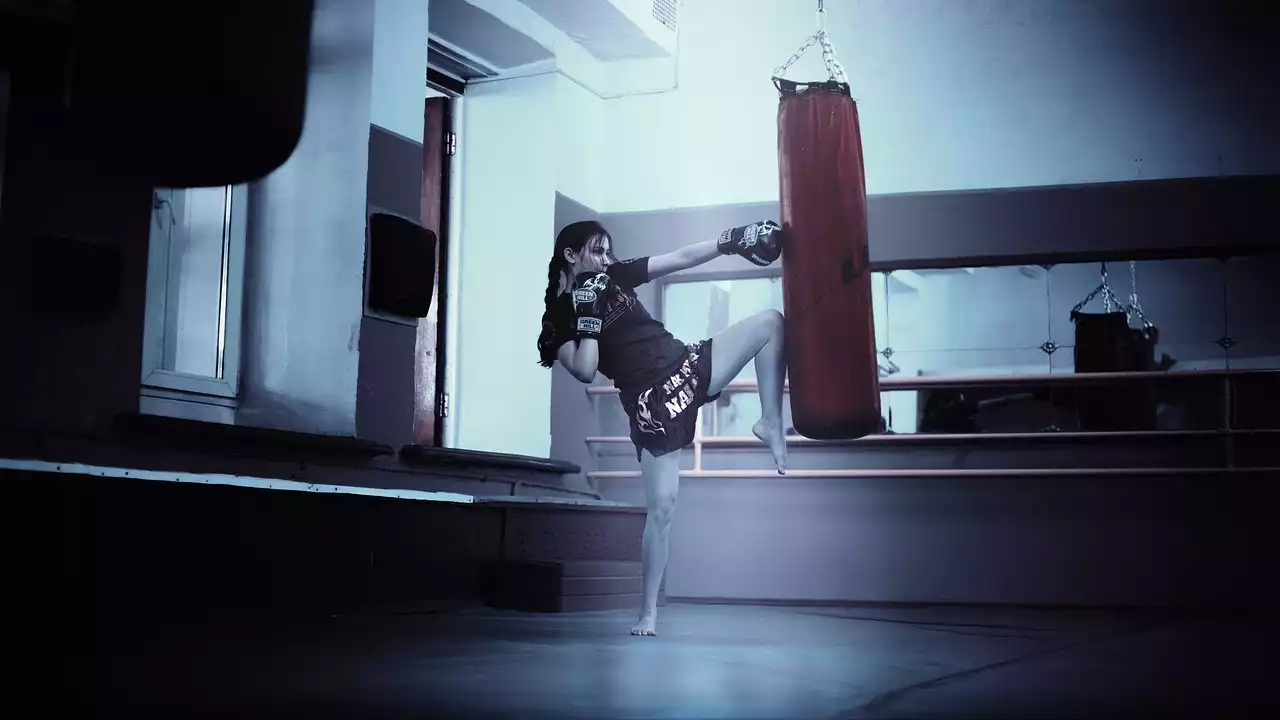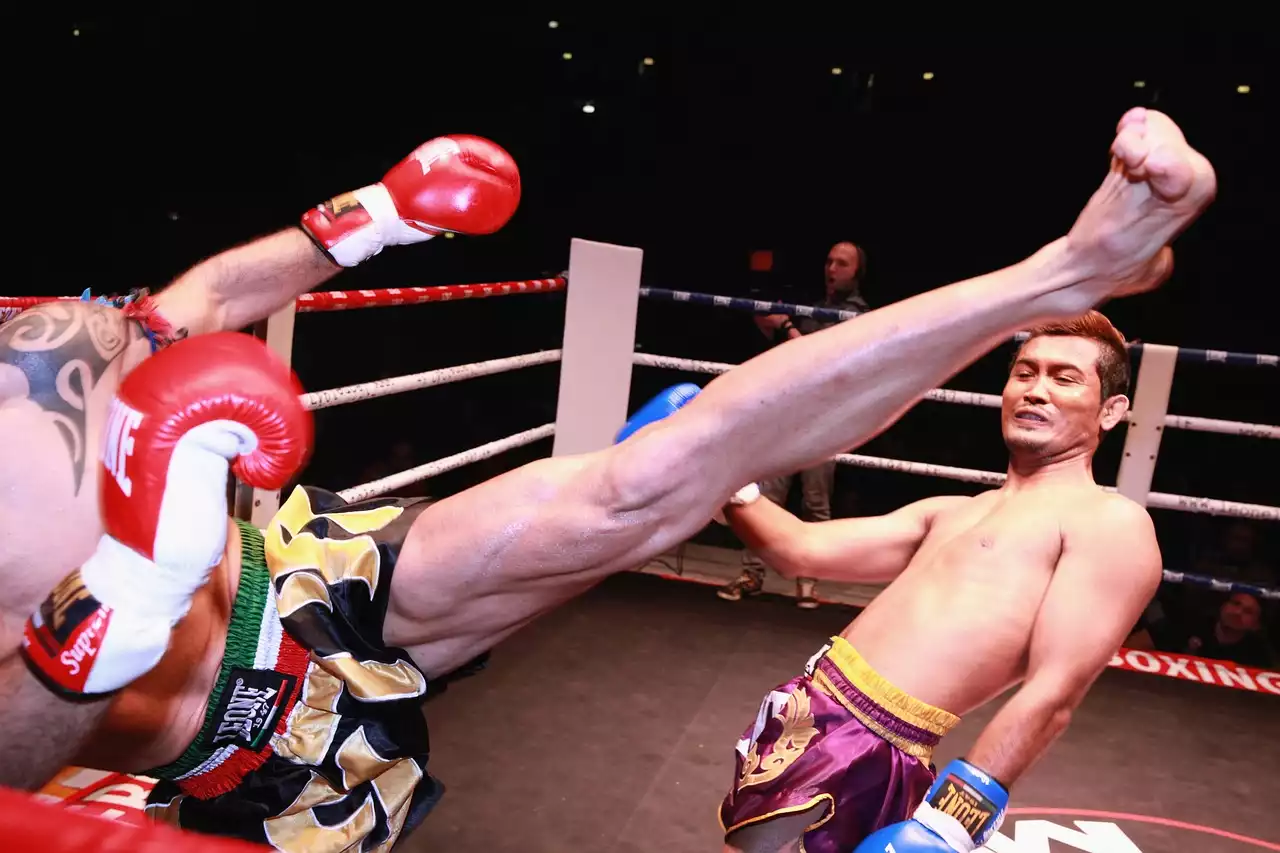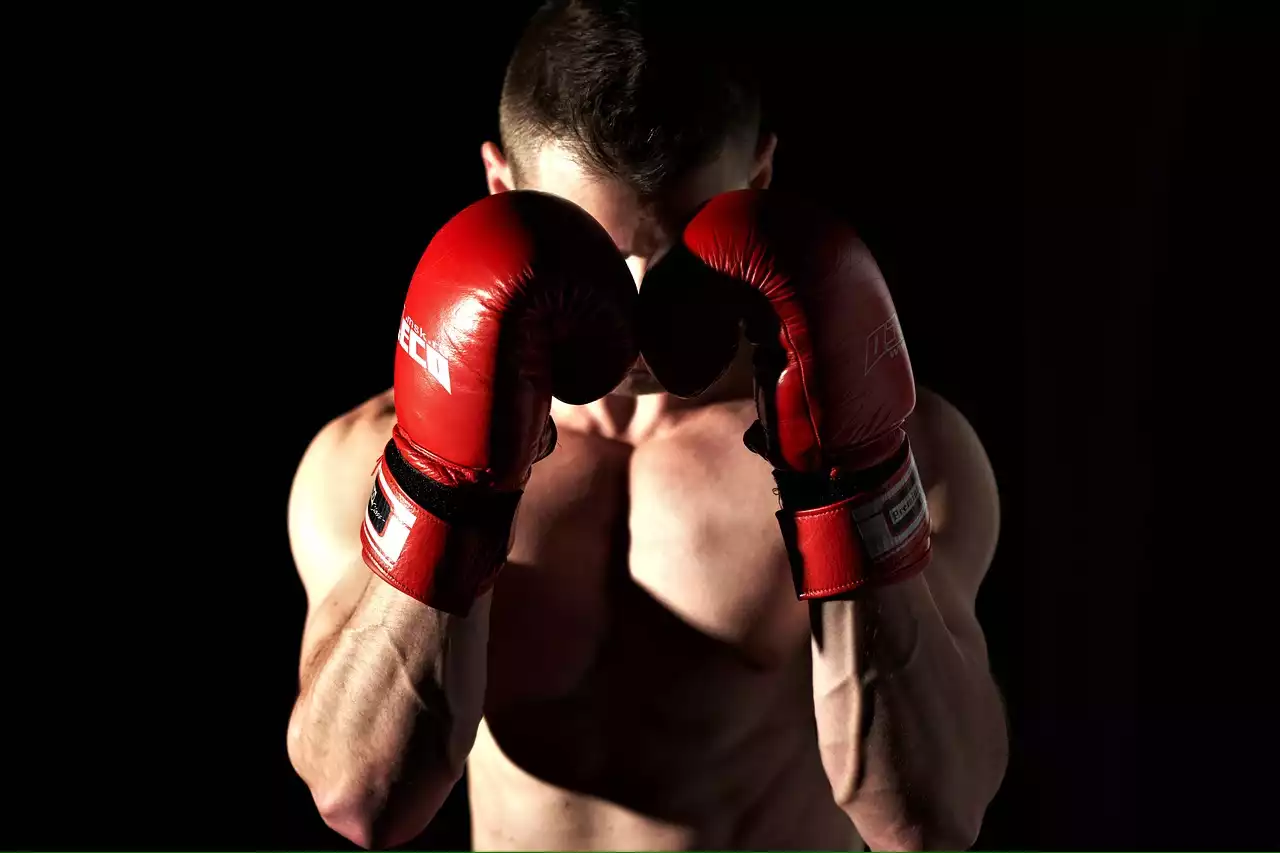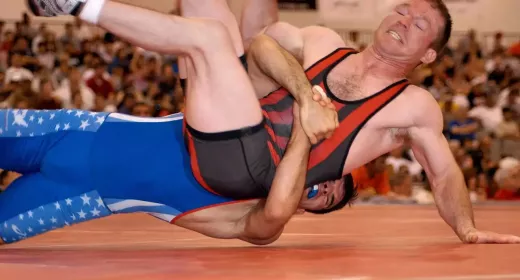What is savate?
Savate is a French martial art that has been around since the 19th century. It combines elements of traditional boxing with high kicks, making for a dynamic and exciting workout. Unlike other martial arts, savate focuses on using kicks above the waist, which requires a great deal of flexibility and balance. In addition to kicks, savate also includes punches, sweeps, and throws, making it a well-rounded martial art.
Savate is known for its unique style and flair, with practitioners wearing special shoes that allow for maximum impact during kicks. The shoes have reinforced toes and heels, which help to protect the feet and ankles during training and competition. Savate is a physically demanding sport that requires precision, speed, and agility, making it a great way to improve your overall fitness and coordination.
History of savate
Savate has a rich history dating back to the early 19th century in France. The sport was originally developed by sailors and dock workers in the port city of Marseille, who used their hands and feet to defend themselves during bar fights and other altercations. Over time, the sport evolved and became more formalized, with rules and regulations put in place to ensure the safety of the fighters.
In the early 20th century, savate became a popular sport in France, with competitions held throughout the country. It also gained popularity in other parts of Europe, with fighters from Belgium, Italy, and Spain all competing in savate tournaments. Today, savate is still a popular sport in France and has gained a following in other parts of the world as well.
Differences between savate and traditional kickboxing
While savate and traditional kickboxing both involve striking with the hands and feet, there are some key differences between the two sports. One of the biggest differences is the use of kicks above the waist in savate, which requires a great deal of flexibility and balance. In traditional kickboxing, kicks are often aimed at the legs or midsection, which can be easier to execute.
Another difference between the two sports is the use of shoes in savate. Savate practitioners wear special shoes that allow for maximum impact during kicks, while traditional kickboxers often fight barefoot. The shoes used in savate have reinforced toes and heels, which help to protect the feet and ankles during training and competition.
Finally, savate and traditional kickboxing have different rules and regulations. In savate, kicks are awarded more points than punches, while in traditional kickboxing, punches, and kicks are awarded equal points. Additionally, savate allows for sweeps and throws, while traditional kickboxing does not.
Benefits of practicing savate
Practicing savate offers a wide range of benefits for both your physical and mental health. Here are a few of the top benefits of practicing savate:
- Improved cardiovascular health: Savate is a high-intensity workout that can help to improve your cardiovascular health and endurance. The fast-paced nature of the sport means that you'll be constantly moving and working your heart and lungs.
- Increased flexibility and balance: The high kicks used in savate require a great deal of flexibility and balance. Practicing savate can help to improve your range of motion and overall flexibility, as well as your balance and coordination.
- Full-body workout: Savate involves striking with both the hands and feet, as well as sweeps and throws. This means that you'll be working your entire body, from your upper body to your lower body and everything in between.
- Stress relief: Like other forms of exercise, savate can help to reduce stress and improve your mood. Physical activity can help to release endorphins, which are feel-good hormones that can help to boost your mood and reduce stress.
- Self-defense skills: Savate is a martial art that can be used for self-defense purposes. While nobody wants to be in a dangerous situation, knowing how to defend yourself can help to boost your confidence and give you peace of mind.
Savate techniques and training methods
Savate includes a wide variety of techniques, including punches, kicks, sweeps, and throws. Here are a few of the most common savate techniques:
- Front kick: The front kick is one of the most basic savate techniques. It involves kicking with the ball of the foot and can be used to strike the opponent's chest or face.
- Side kick: The side kick is another common savate technique. It involves kicking with the heel of the foot and can be used to strike the opponent's midsection or legs.
- Hook punch: The hook punch is a powerful punch that involves striking with a bent arm. It can be used to strike the opponent's head or body.
- Low sweep: The low sweep is a technique that involves sweeping the opponent's legs out from under them. It can be used to off-balance the opponent and set up other strikes.
To train in savate, you'll need to work on your flexibility, balance, and coordination. This can be done through a variety of drills and exercises, such as stretching, footwork drills, and bag work. It's also important to work on your strength and conditioning, as savate is a physically demanding sport.
Competitive and non-competitive styles of savate
Savate can be practiced in both competitive and non-competitive settings. Competitive savate involves sparring with an opponent, to score points through strikes and throws. Non-competitive savate, on the other hand, focuses on the techniques and training methods of the sport, without the pressure of competition.
Competitive savate is divided into two main styles: assault and combat. Assault savate is a form of sparring that is focused on technique and control, with points awarded for clean strikes and good sportsmanship. Combat-savate, on the other hand, is a more aggressive form of sparring, where the goal is to knock out or incapacitate your opponent.
Famous savate practitioners
Savate has produced several famous practitioners over the years, including:
- Pierre Vigny: Vigny was a Swiss-born savate expert who helped to popularize the sport in the early 20th century. He was known for his innovative techniques and his work in developing the modern system of savate.
- Michel Casseux: Casseux was a French savate expert who is credited with developing many of the techniques used in the sport today. He was known for his agility and speed and was a key figure in the early development of savate.
- Charles Lecour: Lecour was a French savate expert who is considered one of the greatest practitioners of the sport. He was known for his powerful kicks and his ability to knock out opponents with a single strike.









